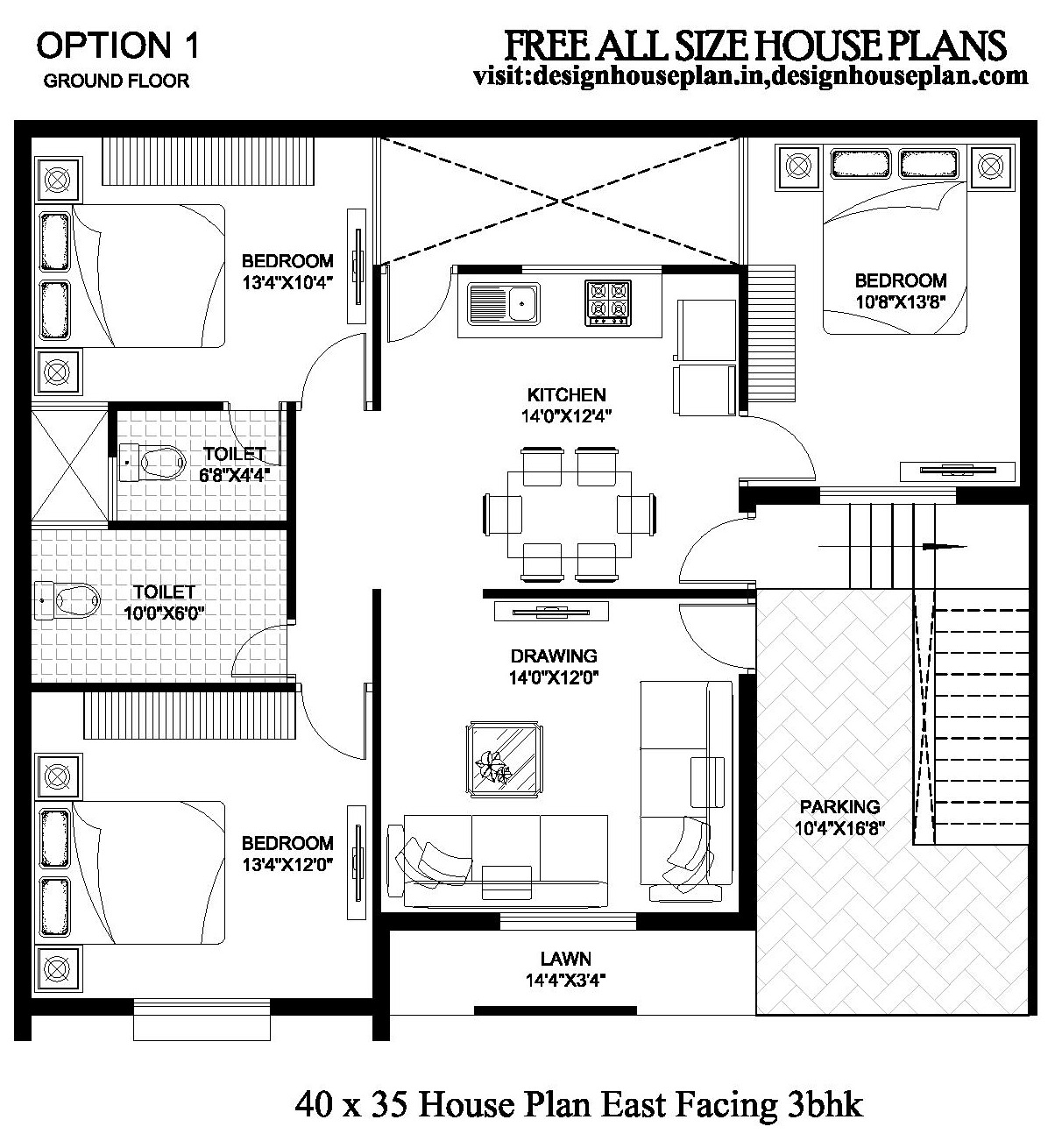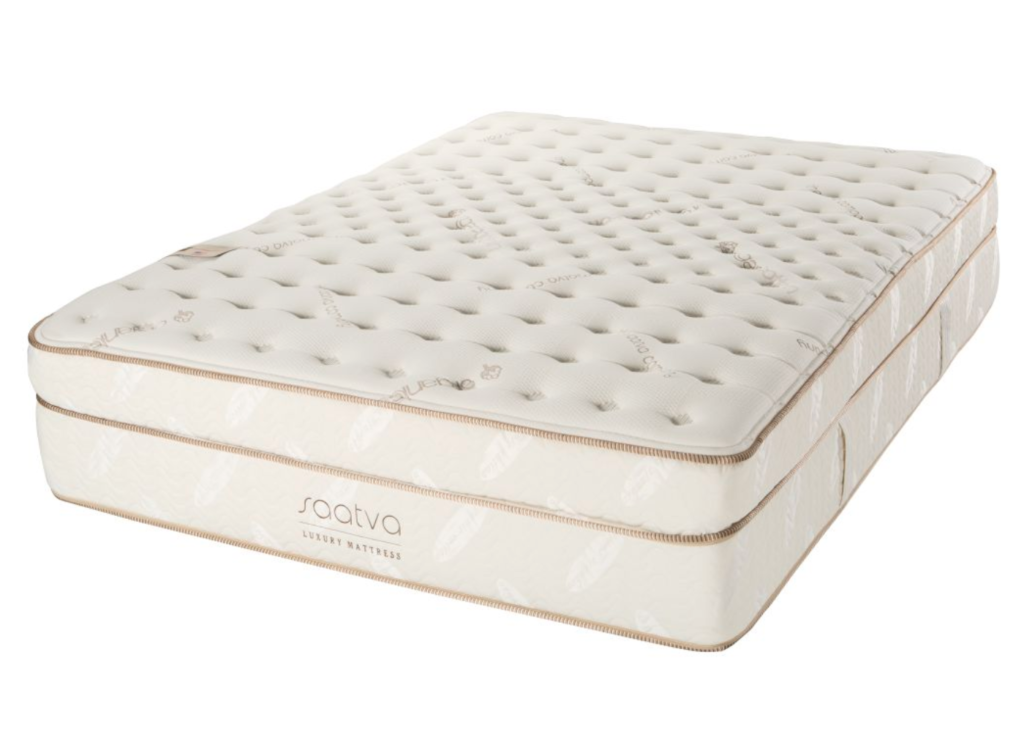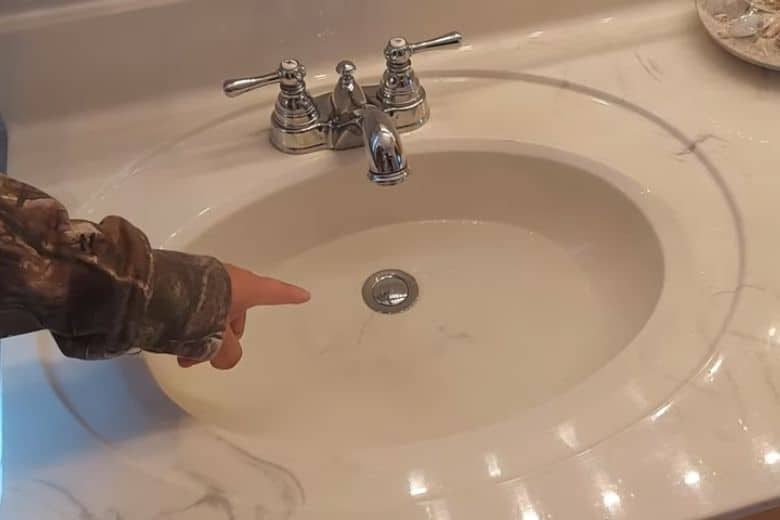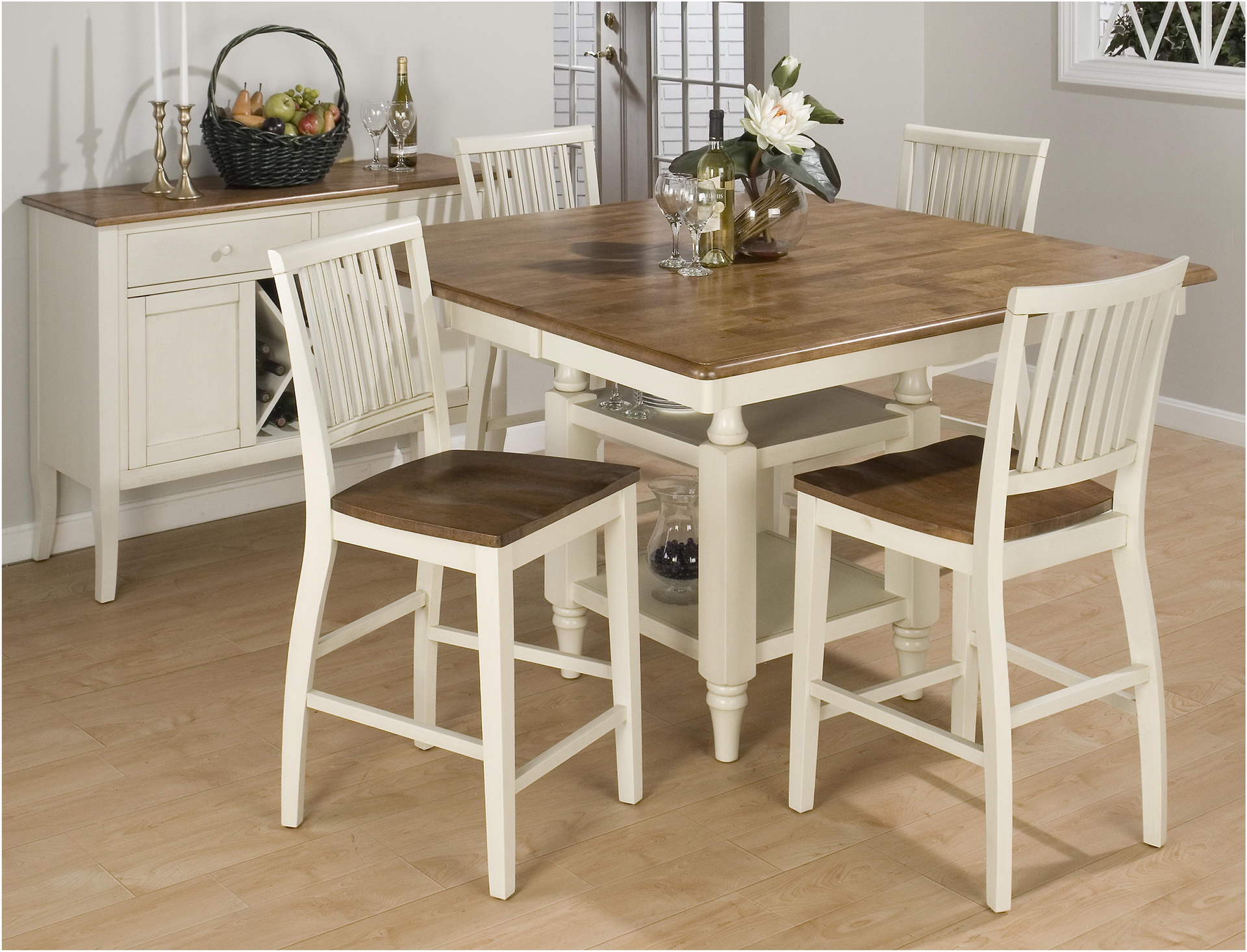Traditional Nepali house designs are characterized by their wood-constructed structure, intricately carved wooden windows, and roofs covered in wood shingles. These designs, which have been passed down for generations mostly feature small courtyard spaces, bevelled rooftops, and mud-brick walls. These traditional houses, typically built with local materials and engaging local craftsmanship, often reflect the diversity of the Nepali landscape and the ways that both nature and culture are integrated into the designs. The traditional Nepali house design has been popular for centuries and is still in practice today.Traditional Nepali House Designs
Modern Nepali house designs bring in new elements of design while maintaining the classic essence of Nepali design. Today, modern houses in Nepal often feature metal frames, modern materials such as cement, steel, fiberglass, and brick, and other contemporary touches, sprinkled with traditional motifs given a modern twist. Along with traditional courtyards, modern Nepali house designs may feature large windows that form the basis of many of the designs, as well as the use of decorative stone cladding on walls. With modern advances in construction, many of the traditional building techniques are being adapted and reused in new and innovative ways.Modern Nepali House Designs
Countryside Nepali house designs reflect much of the rural tradition of Nepal and are often small and highly detailed. Traditional house designs in the countryside usually feature mud-brick walls, wood-constructed frames for the walls and roofs, and the occasional use of natural stone for flooring and walls. The country-style Nepali house designs often feature small courtyards that open up to the outdoors and provide both a place of leisure and a decorative touch. These houses often feature small but intricate carvings around windows and doors, as well as the use of thatched roofs that provide the houses with a unique style.Countryside Nepali House Designs
Bungalow Nepali house designs are typically one- or two-story homes with a single central courtyard, often lined with a low wall or porch. Built with local materials that offer the traditional look with a certain degree of modernity, these bungalow designs often feature wooden windows, doors, and frames with metal roofs, as well as mud-brick walls and decorative stone cladding. The traditional bungalow-style house designs often emphasize the simplicity and symmetry of the design, and the use of decorative decorations and motifs around the windows, doors, and courtyard spaces.Bungalow Nepali House Designs
Courtyards are a very popular part of traditional Nepali architecture, as they provide family members and guests with a space to gather and admire the peaceful beauty of the surrounding landscape. Commonly, Nepali house designs with courtyards feature an array of plants and trees, including trees like banyan and tamarind. Many of these courtyards have ponds, water features, and other landscape elements meant to act as a decorative backdrop to the house itself. Houses in Nepal are often placed in the middle of courtyards, with other living spaces like the kitchen and bathroom surrounding the courtyard.Nepali House Designs with Courtyards
Rural Nepali house designs often combine traditional elements with modern touches. These houses typically feature basic mud-brick walls, with the occasional use of local stone and wood for flooring and exterior walls. The roofs are usually constructed with either grass or thatch, depending on the purpose of the house. These designs also often include an extensive variety of decorative elements, such as wood carvings, metal fixtures, and the occasional use of stained glass windows. A few traditional motifs can be spotted in the design, as well, offering a unique combination of modern and rural Nepalese culture to the design.Rural Nepali House Designs
Kathmandu Valley Nepali house designs are often characterized by their smaller size and the craftsmanship of their structures. These houses often feature balconies lined with wooden railings, as well as intricate wooden carvings around windows and doors. The roofs in these designs tend to be covered with brick tiles or shingles, making them sturdy and durable yet lightweight. This traditional style of house is still popular in Kathmandu, and is often seen alongside modern designs with metal frames and other modern touches.Kathmandu Valley Nepali House Designs
Terraced Nepali house designs are often characterized by their use of stone walls that line the entire perimeter of the building. The interior of the house is usually stacked on multiple levels, with each floor connected by a steep staircase. These houses often feature slanting roofs, though in some cases, modern designs have been used to construct flat-roofed homes with terraces that make use of the surrounding landscape. Decorative elements like colorful window frames, metal fixtures, and the occasional stained glass window are also often seen in terraced Nepali house designs.Terraced Nepali House Designs
Tibetan-influenced Nepali house designs are unique in their use of metal and stone for construction. These houses often feature corbelled stone walls, intricately carved wooden windows, and roofs covered in either metal sheeting or slate. Originally, these designs were used to protect Tibetan refugees from the harsh climate of the Himalayas, and as a result, they are both efficient and aesthetically pleasing. Many of these buildings are constructed with non-traditional materials, such as metal and glass, making them stand out from traditional Nepali designs.Tibetan-Influenced Nepali House Designs
Urban Nepali house designs often incorporate modern elements such as metal frames and cement walls. These designs sometimes feature intricate detailing around windows and doors, or the use of decorative stone elements along the walls. Some designs feature terraces that overlook the city, while others feature courtyards or gardens with peaceful water features. With the rapidly expanding population, urban Nepali house designs are continuously innovating to accommodate the increasing demand for modern housing.Urban Nepali House Designs
Victorian Nepali house designs are characterized by their ornate detailing and use of traditional materials. These houses often feature metal frames, mud-brick walls, ornately carved wooden windows, and rooftop terraces with metal roofs. Many of these designs feature Victorian motifs such as floral patterns, stained glass windows, and turret rooftops. The Victorian style has become increasingly popular in recent years as modern Nepali house designs incorporate traditional materials and designs into modern architecture. With its enduring elegance, it's no wonder why this style is becoming increasingly sought-after in Nepal.Victorian Nepali House Designs
Interior Design of Typical Nepali House
 The interior of a typical Nepali house is often characterized by warm colors, patterns, and furnishings that evoke a sense of home. Common themes among the wooden carvings, intricate reliefs, and handcrafted objects are designs found in country’s art and culture. Popular elements found in the interior of a Nepali house include the use of floral patterns on textiles, handwoven rugs, and traditional artifacts.
The interior of a typical Nepali house is often characterized by warm colors, patterns, and furnishings that evoke a sense of home. Common themes among the wooden carvings, intricate reliefs, and handcrafted objects are designs found in country’s art and culture. Popular elements found in the interior of a Nepali house include the use of floral patterns on textiles, handwoven rugs, and traditional artifacts.
Walls
 The walls are usually made of kiln-fired brick, which helps to keep the interior warm. The plaster is often mixed with mud and crafted to create reliefs, that can be geometric or floral, or even images related to Hindu mythology. Traditional
painting techniques
are still very popular in Nepal, with a variety of colors, shapes and patterns being used to decorate homes.
The walls are usually made of kiln-fired brick, which helps to keep the interior warm. The plaster is often mixed with mud and crafted to create reliefs, that can be geometric or floral, or even images related to Hindu mythology. Traditional
painting techniques
are still very popular in Nepal, with a variety of colors, shapes and patterns being used to decorate homes.
Tiles and Floors
 In many traditional Nepali homes, tiled flooring was often used in its courtyards, where the family would rest. Clay tiles are made by baking and then refining in order to get a rich, glazed surface. The flooring is also decorated with intricate patterns and motifs, often symbolizing good luck and fertility.
In many traditional Nepali homes, tiled flooring was often used in its courtyards, where the family would rest. Clay tiles are made by baking and then refining in order to get a rich, glazed surface. The flooring is also decorated with intricate patterns and motifs, often symbolizing good luck and fertility.
Furniture and Accessories
 Most of the furniture in traditional Nepali houses are made of wood, with carved wooden pieces being very popular. Tables and chairs are often built with the purpose of having their own distinct style or pattern. The interiors also often feature furniture pieces designed to be used for specific Nepali ceremonies or practices. These can be pieces such as divination discs, rice boxes, and ritual wooden spoons. Bamboo mats and pillows provide comfort, with bright colors and designs to match the furniture.
Most of the furniture in traditional Nepali houses are made of wood, with carved wooden pieces being very popular. Tables and chairs are often built with the purpose of having their own distinct style or pattern. The interiors also often feature furniture pieces designed to be used for specific Nepali ceremonies or practices. These can be pieces such as divination discs, rice boxes, and ritual wooden spoons. Bamboo mats and pillows provide comfort, with bright colors and designs to match the furniture.
Color Schemes
 Traditional
Nepali color schemes
often feature muted shades, which are representative of the country’s mountainous landscape. Red is a popular color and is often used as an accent in fabrics or rugs. Additionally, blue and white also feature prominently in many homes, as a way to bring a sense of natural serenity into the interiors.
Traditional
Nepali color schemes
often feature muted shades, which are representative of the country’s mountainous landscape. Red is a popular color and is often used as an accent in fabrics or rugs. Additionally, blue and white also feature prominently in many homes, as a way to bring a sense of natural serenity into the interiors.
Convert To HTML

Interior Design of Typical Nepali House
 The interior of a typical Nepali house is often characterized by warm colors, patterns, and furnishings that evoke a sense of home. Common themes among the wooden carvings, intricate reliefs, and handcrafted objects are designs found in country’s art and culture. Popular elements found in the interior of a Nepali house include the use of floral patterns on textiles, handwoven rugs, and traditional artifacts.
The interior of a typical Nepali house is often characterized by warm colors, patterns, and furnishings that evoke a sense of home. Common themes among the wooden carvings, intricate reliefs, and handcrafted objects are designs found in country’s art and culture. Popular elements found in the interior of a Nepali house include the use of floral patterns on textiles, handwoven rugs, and traditional artifacts.
Walls
 The walls are usually made of kiln-fired brick, which helps to keep the interior warm. The plaster is often mixed with mud and crafted to create reliefs, that can be geometric or floral, or even images related to Hindu mythology. Traditional
painting techniques
are still very popular in Nepal, with a variety of colors, shapes and patterns being used to decorate homes.
The walls are usually made of kiln-fired brick, which helps to keep the interior warm. The plaster is often mixed with mud and crafted to create reliefs, that can be geometric or floral, or even images related to Hindu mythology. Traditional
painting techniques
are still very popular in Nepal, with a variety of colors, shapes and patterns being used to decorate homes.
Tiles and Floors
 In many traditional Nepali homes, tiled flooring was often used in its courtyards, where the family would rest. Clay tiles are made by baking and then refining in order to get a rich, glazed surface. The flooring is also decorated with intricate patterns and motifs, often symbolizing good luck and fertility.
In many traditional Nepali homes, tiled flooring was often used in its courtyards, where the family would rest. Clay tiles are made by baking and then refining in order to get a rich, glazed surface. The flooring is also decorated with intricate patterns and motifs, often symbolizing good luck and fertility.
Furniture and Accessories
 Most of the furniture in traditional Nepali houses are made of wood, with carved wooden pieces being very popular. Tables and chairs are often built with the purpose of having their own distinct style or pattern. The interiors also often feature furniture pieces designed to be used for specific Nepali ceremonies or practices. These can be pieces such as divination discs, rice boxes, and ritual wooden spoons. Bamboo mats and pillows provide comfort, with bright colors and designs to match the furniture.
Most of the furniture in traditional Nepali houses are made of wood, with carved wooden pieces being very popular. Tables and chairs are often built with the purpose of having their own distinct style or pattern. The interiors also often feature furniture pieces designed to be used for specific Nepali ceremonies or practices. These can be pieces such as divination discs, rice boxes, and ritual wooden spoons. Bamboo mats and pillows provide comfort, with bright colors and designs to match the furniture.
Color Schemes
 Traditional
Nepali color schemes
often feature muted shades, which are representative of the country’s mountainous landscape. Red is a popular color and is often used as an accent in fabrics or rugs. Additionally, blue and white also feature prominently in many homes, as a way to bring a sense of natural serenity into the
Traditional
Nepali color schemes
often feature muted shades, which are representative of the country’s mountainous landscape. Red is a popular color and is often used as an accent in fabrics or rugs. Additionally, blue and white also feature prominently in many homes, as a way to bring a sense of natural serenity into the












































